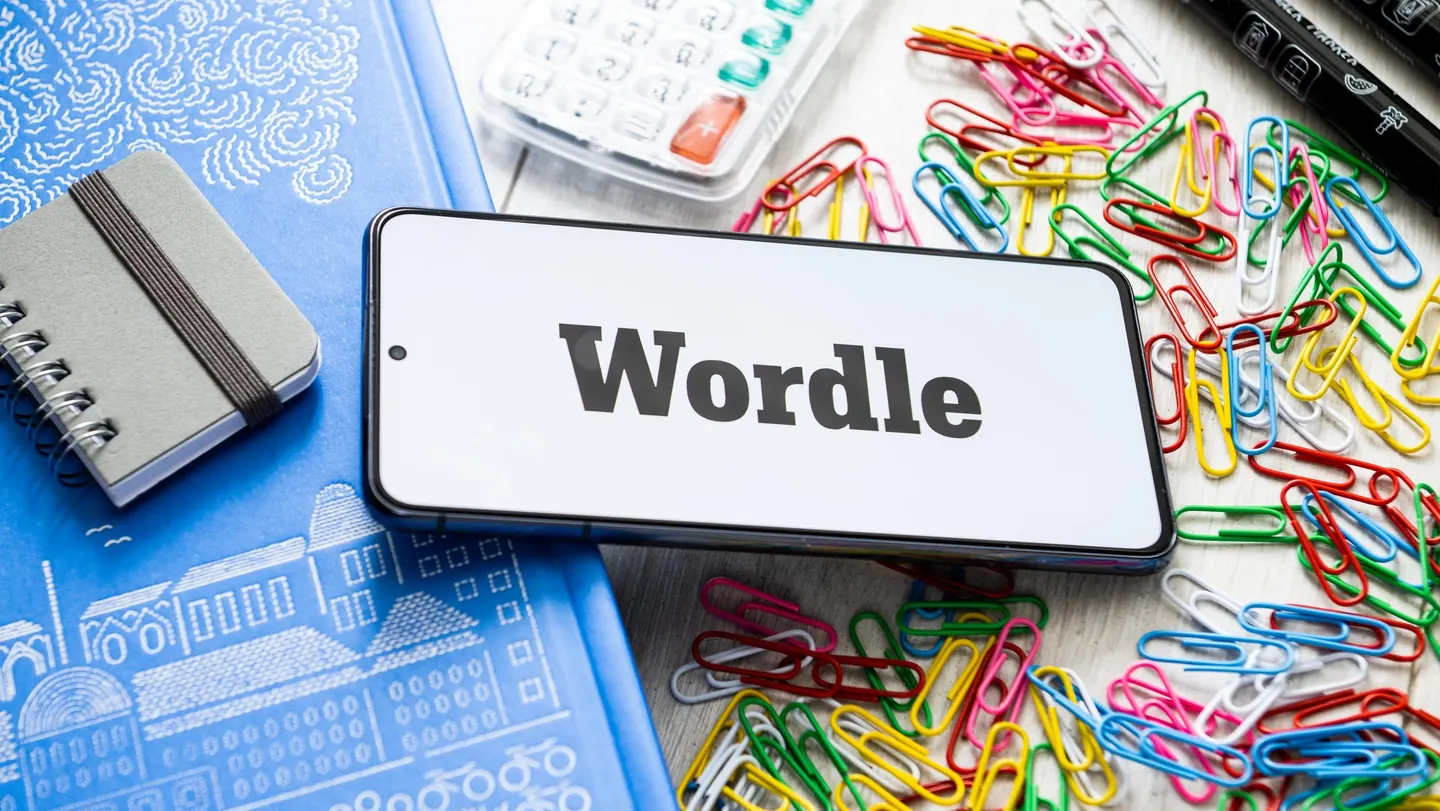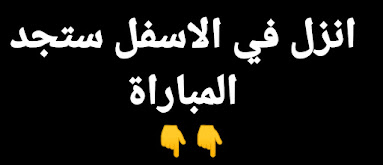Today’s ‘Wordle’ #1400 Hints, Clues And Answer For Saturday, April 19th


🎮 Wordle: The Simple Word Game That Became a Global Obsession
In an era where attention spans are short and digital content is overwhelming, the rise of a minimalist word game called Wordle is nothing short of fascinating. With no flashy graphics, no in-app purchases, and no complicated mechanics, Wordle captivated millions of people across the world — all by challenging them to guess a single five-letter word each day.
So how did something so simple become a cultural touchstone? Let’s dive into the full story behind Wordle: where it came from, why it works, and how it spread across the globe.
🧩 The Origins of Wordle: A Love Letter Turned Viral Game
Wordle wasn’t designed by a marketing team or a major gaming studio. It was created by Josh Wardle, a software engineer from Wales who originally built the game as a private pastime for his partner, who loved word puzzles.
The game launched quietly in October 2021, and at first, it had fewer than 100 daily players. But by early 2022, Wordle had gone viral, attracting millions of users per day. It wasn’t just the puzzle itself that people loved — it was the experience: the quiet ritual of solving it each morning, the thrill of getting the word in two guesses, and the joy of sharing a score with friends using the iconic green, yellow, and gray emoji blocks.
🔍 How the Game Works
Wordle’s rules are incredibly simple:
- You have six tries to guess a five-letter English word.
- After each guess, the game gives you feedback:
- 🟩 Green means the letter is in the correct place.
- 🟨 Yellow means the letter is in the word, but in the wrong place.
- ⬜️ Gray means the letter is not in the word at all.
That’s it. No ads. No hints. No do-overs.
This simplicity is part of what makes the game so powerful. Wordle doesn’t ask for much, but it offers a satisfying “aha!” moment each day. It’s just you, your vocabulary, and your logic skills.
🌐 The Role of Community and Sharing
One of the cleverest features of Wordle — and a huge factor in its success — is the ability to share results without spoilers.
After solving the puzzle, players can click a button to copy a visual grid of their guesses, using colored blocks to show their progress. These little emoji squares became a kind of social media shorthand. Even without revealing the word, they allowed players to:
- Show off their guessing skills
- Compare strategies with others
- Participate in a shared daily ritual
This made Wordle not just a game, but a community experience — especially popular during the COVID-19 pandemic, when people craved simple joys and virtual connection.
📰 The New York Times Acquisition
As Wordle’s popularity soared, it caught the attention of major media outlets. In January 2022, The New York Times purchased the game from Wardle for a price “in the low seven figures.” The game joined their suite of puzzles, including the famous Crossword and Spelling Bee.
While some users feared the Times would place it behind a paywall, the game remained free. Today, Wordle is still published daily on the NYT Games website, with tens of millions of players continuing to guess words like “INBOX,” “SNAIL,” or “WHINY.”
🌎 A Global Language Game
Even though Wordle is based on English, it sparked the creation of hundreds of spin-offs in dozens of languages. Some of the most popular variants include:
- Wordle in Arabic – e.g., “Kalimaty” or “خمن الكلمة”
- French Wordle – Le Mot
- Spanish Wordle – Wordle Español
- German Wordle – Wortspiel
- Hebrew, Hindi, Turkish, and many more.
And beyond language-based variants, new creative formats have emerged:
- Heardle – Guess the song from short audio clips
- Nerdle – A numbers-based logic version
- Worldle – Guess the country based on its shape
- Framed – Guess the movie from still images
- Quordle – Solve four Wordles at once!
The simplicity of the original inspired a genre of minimalist puzzle games that continue to evolve and grow.
🧠 The Psychology of Wordle’s Success
What makes Wordle feel so good?
Psychologists and game designers point to several key factors:
- Consistency: One puzzle per day creates a habit and builds anticipation.
- Simplicity: The rules are easy to learn, making the game accessible to all ages.
- Mastery: Success feels earned — it’s not based on chance, but on knowledge and deduction.
- Social Connection: Sharing results becomes a bonding ritual.
- No FOMO: If you miss a day, you don’t fall behind. There’s no leaderboard or pressure.
In a world filled with endless notifications and algorithm-driven apps, Wordle feels like a breath of fresh air: a game that respects your time.
💬 Final Thoughts
Wordle is more than just a puzzle — it’s a cultural phenomenon, a daily brain exercise, and a shared moment of joy. It reminds us of the beauty of simplicity, the power of language, and the small rituals that can bring us together.
Whether you’re a casual player who enjoys the morning challenge with your coffee, or a competitive strategist aiming for a “2-guess victory,” Wordle has a place in your day.
And the best part? Tomorrow, there will be another word waiting for you.

Visitor comments ( 0 )